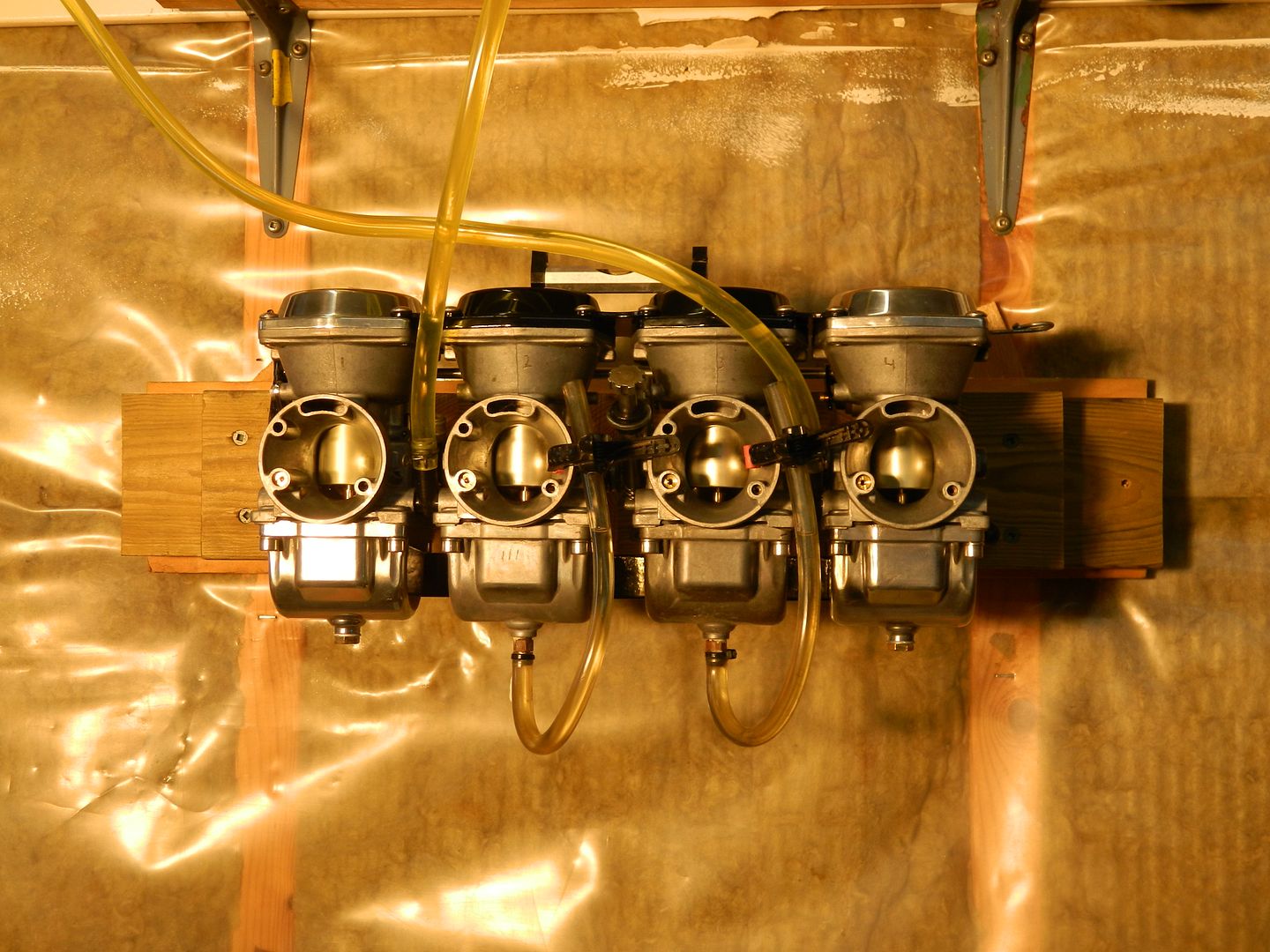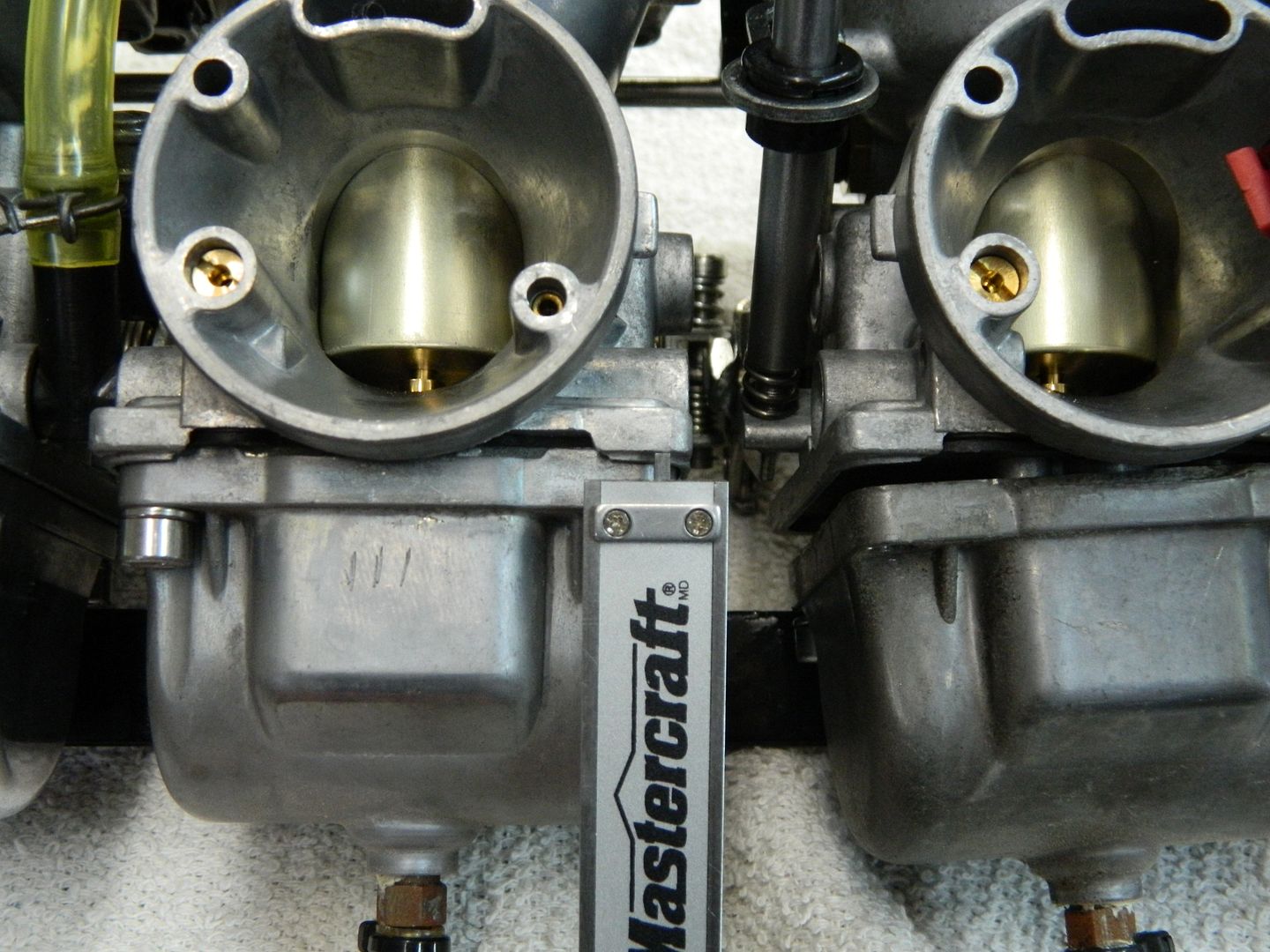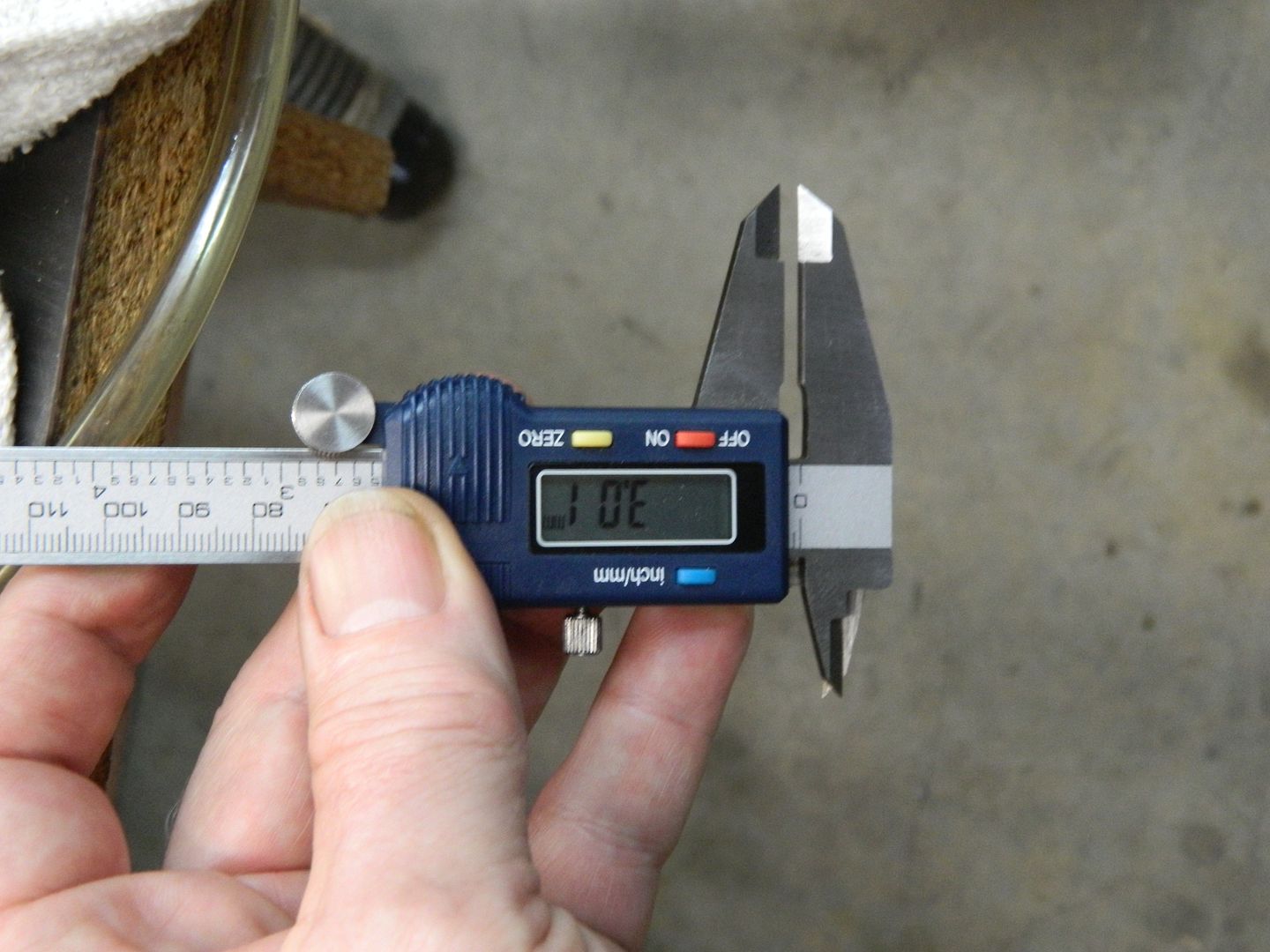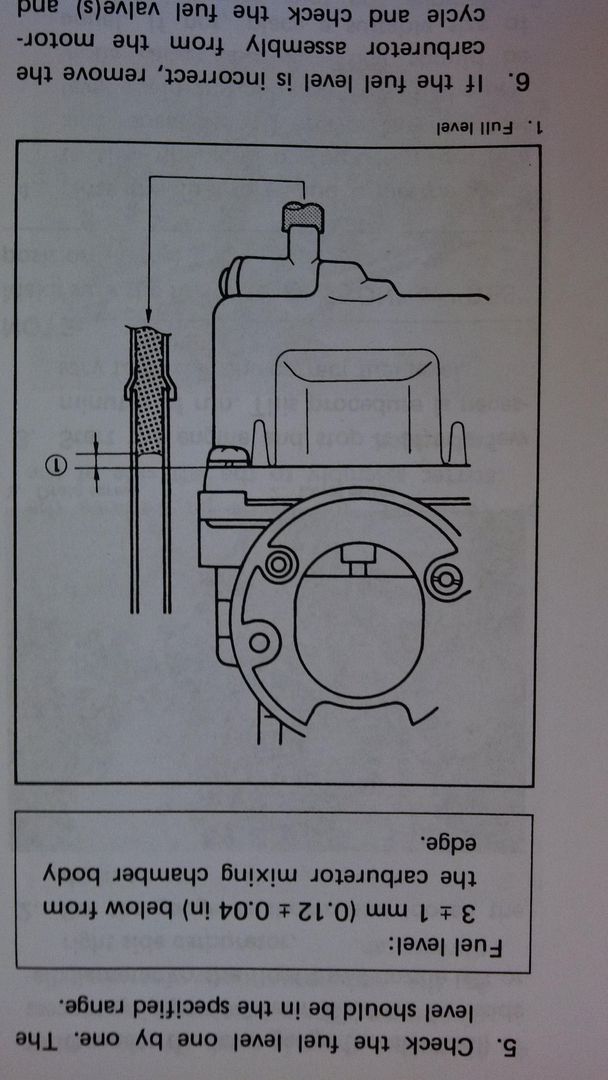Interesting
You may find this interesting. There has been some debate about float heights and fuel levels between various year carbs. I have always been curious myself as the quality control is not the same since China, Taiwan, chec republic started to supply the replacement floats. To compound the issue, the FSM for the 80 carbs states a height of 23mm and the 81 carbs are to be checked with a clear plastic hose. Sounds simple enough until you read the manual for this , as it states 3 +/- 1mm measured from the mixing chamber flange. Then the diagram for the 81's shows the datum line measure to the carb bowl body. I've been puzzled buy these conflicting references so I went out to the shop and have grabbed a set of each and am performing tets on all of them to see where the level should really be. I have to get my snow tires off today so I've only had a chance to do the 78/79 carbs so far. Figuring that the older carbs represented the desired datum best I started with them.
So here is what I did. I grabbed a set I knew had original pristine floats(brass) and set the height to 25.7 mm with the gaskets removed, then threw them on my set up and checked the levels with hoses. Figuring that 24.7 would be a rich setting and 26.7mm would represent a lean setting, here is what I found:

You'll notice that I prematurely marked 3mm with magic marker on the bowls before installing them. This was a mistake because it didn't factor in the thickness of the gasket !!!!!



Sorry the calipers were upside down but 3mm from the lip of the carb mixing chamber matches 25.7 mm float height.

Now why is this important. As I said before quality control is minimal in the floats you'll be buying and if your reusing the old ones and someone has repaired them with solder the boyancy's will be affected from float to float. The biggest thing with setting your heights is to have them neither rich nor lean but having them all the same is equally important. The only way to do this accurately is with hoses.
You may find this interesting. There has been some debate about float heights and fuel levels between various year carbs. I have always been curious myself as the quality control is not the same since China, Taiwan, chec republic started to supply the replacement floats. To compound the issue, the FSM for the 80 carbs states a height of 23mm and the 81 carbs are to be checked with a clear plastic hose. Sounds simple enough until you read the manual for this , as it states 3 +/- 1mm measured from the mixing chamber flange. Then the diagram for the 81's shows the datum line measure to the carb bowl body. I've been puzzled buy these conflicting references so I went out to the shop and have grabbed a set of each and am performing tets on all of them to see where the level should really be. I have to get my snow tires off today so I've only had a chance to do the 78/79 carbs so far. Figuring that the older carbs represented the desired datum best I started with them.
So here is what I did. I grabbed a set I knew had original pristine floats(brass) and set the height to 25.7 mm with the gaskets removed, then threw them on my set up and checked the levels with hoses. Figuring that 24.7 would be a rich setting and 26.7mm would represent a lean setting, here is what I found:

You'll notice that I prematurely marked 3mm with magic marker on the bowls before installing them. This was a mistake because it didn't factor in the thickness of the gasket !!!!!



Sorry the calipers were upside down but 3mm from the lip of the carb mixing chamber matches 25.7 mm float height.

Now why is this important. As I said before quality control is minimal in the floats you'll be buying and if your reusing the old ones and someone has repaired them with solder the boyancy's will be affected from float to float. The biggest thing with setting your heights is to have them neither rich nor lean but having them all the same is equally important. The only way to do this accurately is with hoses.
 .
.
 . The last carb rebuild I did, I used Georgefix jets, new float valve seats and needles and just put everything together without checking float levels. I didn't have any problems at all, although the general consensus was that non-Mikuni jets etc could cause problems. This time, my gut reaction is to check and alter the float levels if necessary but I've never done it before so it's freaking me slightly (.confidence issues...bane of my life..any psychiatrists on the forum with a spare half hour?)
. The last carb rebuild I did, I used Georgefix jets, new float valve seats and needles and just put everything together without checking float levels. I didn't have any problems at all, although the general consensus was that non-Mikuni jets etc could cause problems. This time, my gut reaction is to check and alter the float levels if necessary but I've never done it before so it's freaking me slightly (.confidence issues...bane of my life..any psychiatrists on the forum with a spare half hour?) 

Comment